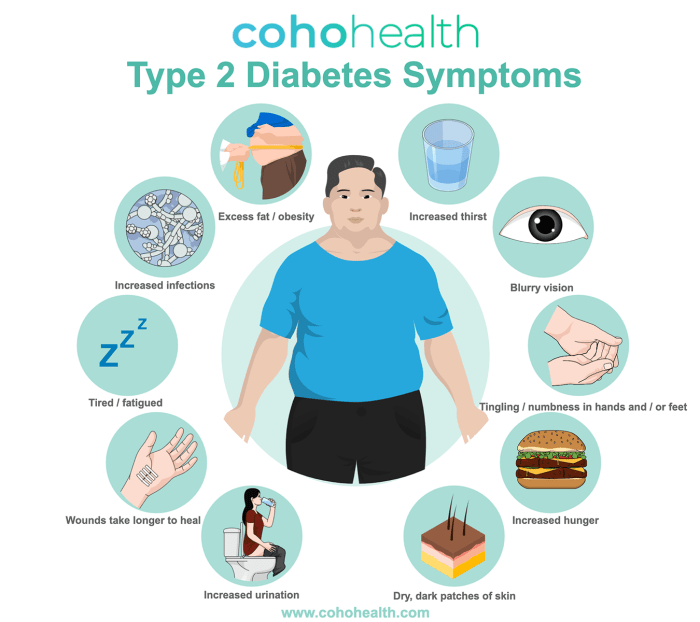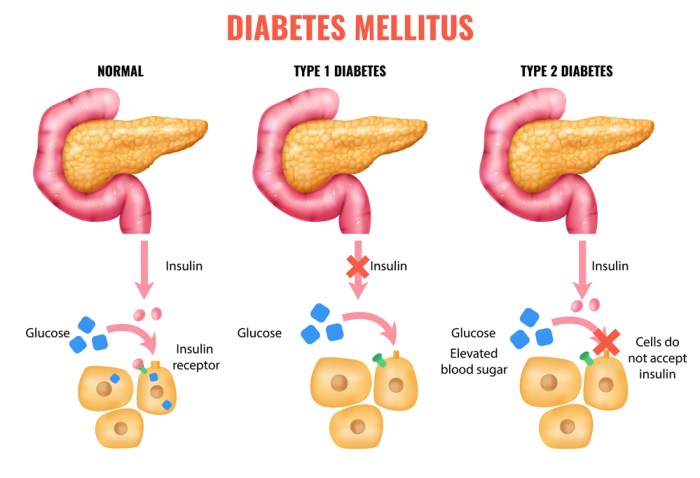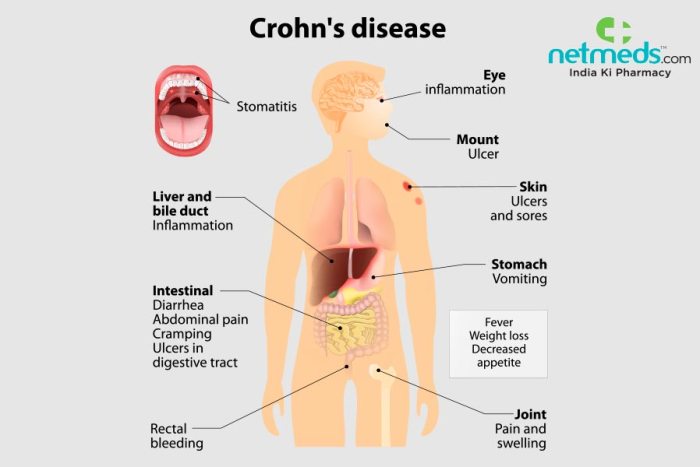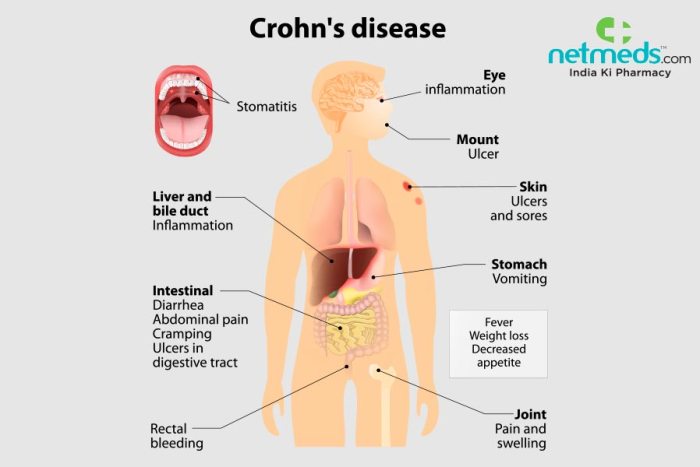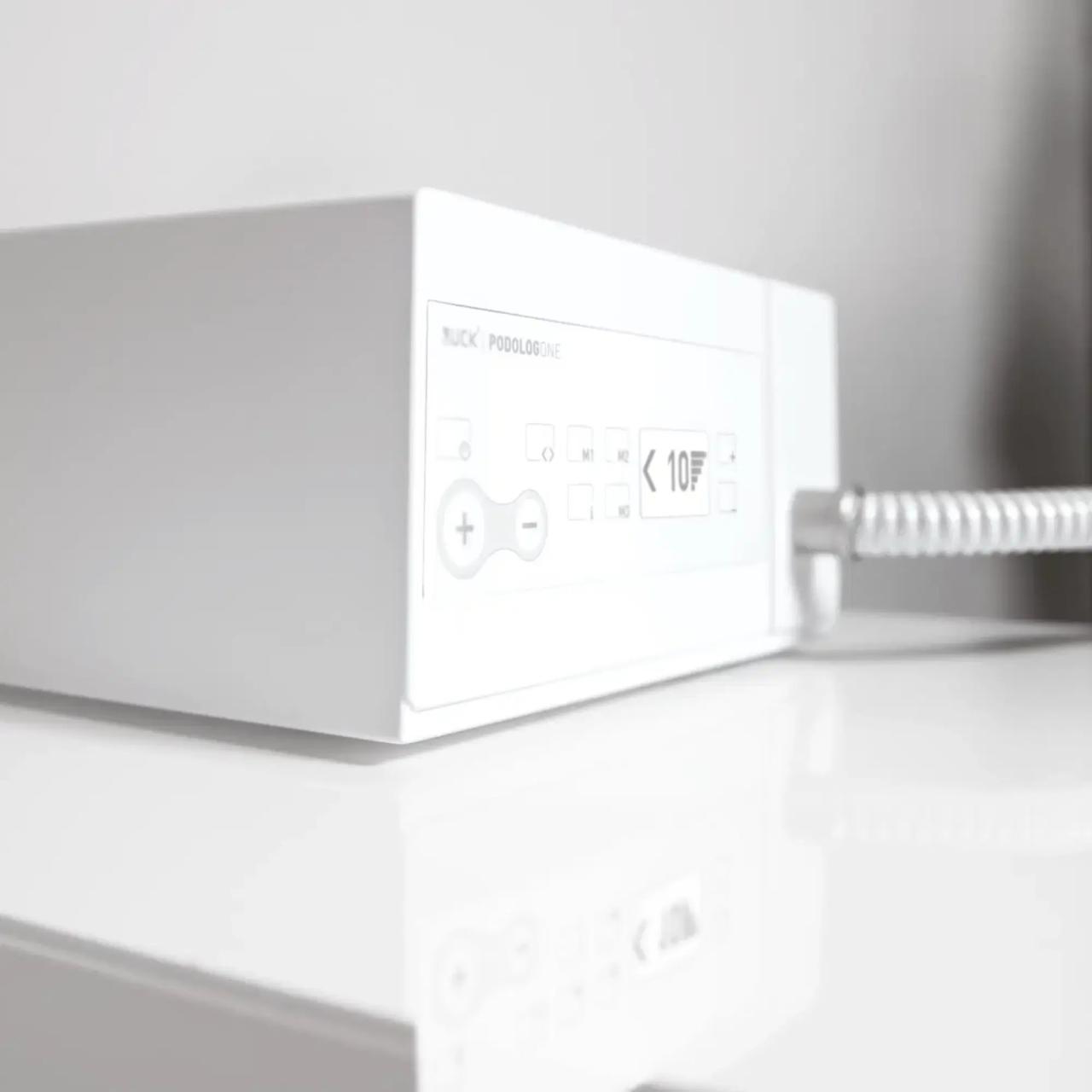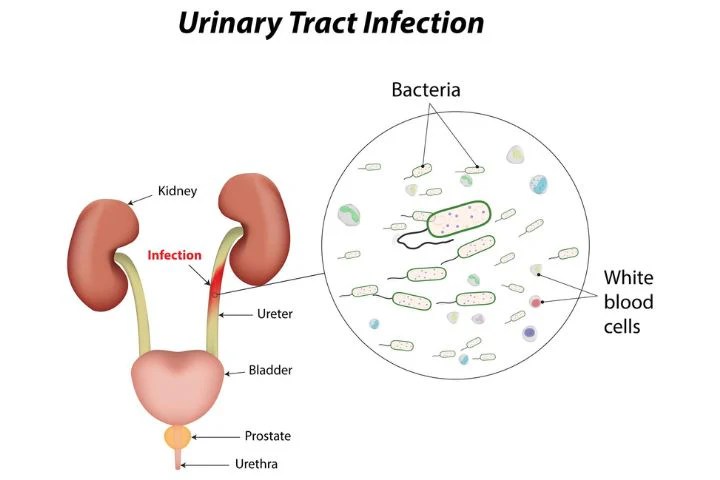Pros and cons of hospice care sets the stage for a deeply personal exploration of end-of-life choices. Hospice care offers a unique approach to comfort and support during a challenging time, but it’s not without its limitations. This in-depth look examines the benefits, drawbacks, and important comparisons to other options, ultimately helping you understand the complexities of this critical decision.
Hospice care is a specialized form of care focused on comfort and quality of life for people facing a life-limiting illness. It prioritizes pain and symptom management, emotional support for patients and families, and helping individuals live their remaining time with dignity and peace. Eligibility criteria vary by location and provider, but generally include a life expectancy of six months or less.
Different types of hospice care exist, including home-based, inpatient, and even some that offer specialized services.
Introduction to Hospice Care

Hospice care is a specialized form of care for individuals facing a life-limiting illness. It focuses on providing comfort and support, rather than curative treatment, to improve the quality of life for both the patient and their family during this challenging time. The philosophy prioritizes dignity, respect, and the patient’s autonomy.Hospice care is not about giving up hope; instead, it’s about embracing a different kind of hope—one centered on comfort, emotional support, and making the most of the time remaining.
It acknowledges that while curing the illness might not be possible, improving the quality of life is within reach.
Eligibility Criteria for Hospice Services
Hospice care is not available to everyone. Patients must meet specific criteria to be eligible for these services. Typically, a physician certifies that the patient’s life expectancy is six months or less if the disease runs its normal course. This timeframe isn’t a rigid deadline; individual circumstances and the patient’s response to treatment can affect the prognosis.
Typical Hospice Services
Hospice programs provide a comprehensive range of services designed to meet the physical, emotional, and spiritual needs of patients and their families. These services aim to enhance comfort and manage symptoms effectively. Common services include:
- Medical care: A team of professionals, including doctors, nurses, and social workers, coordinates medical care, manages pain and other symptoms, and provides necessary medications. This ensures that the patient receives appropriate care to maintain comfort and manage any emerging health issues.
- Nursing care: Nurses provide ongoing care at home, in a hospice facility, or in a hospital, depending on the patient’s needs and preferences. They monitor symptoms, administer medications, and educate the family on how to best support the patient.
- Pain and symptom management: Hospice professionals are trained to identify and manage a variety of symptoms, such as pain, nausea, shortness of breath, and fatigue. This approach aims to ensure the patient experiences the highest possible level of comfort.
- Social work services: Social workers provide emotional support and counseling to patients and their families. They help navigate the emotional and practical challenges of end-of-life care, connect families with resources, and address any financial concerns.
- Spiritual counseling: Many hospice programs offer spiritual counseling to patients and families to address spiritual needs and concerns. This support helps individuals find comfort and peace during this challenging time.
- Volunteer support: Volunteers offer companionship, assistance with errands, and emotional support to patients and families. They provide a much-needed helping hand in navigating the practical aspects of hospice care.
Types of Hospice Care
Hospice care can be delivered in various settings, catering to individual needs and preferences.
- Home-based hospice care: This is the most common type of hospice care, where patients receive care in their homes. It allows patients to remain in a familiar and comfortable environment while receiving comprehensive care. This option is often chosen by patients who desire to stay in their home environment.
- Inpatient hospice care: For patients whose needs exceed what can be provided at home, inpatient hospice care offers 24/7 care in a dedicated hospice facility. This type of care is particularly beneficial for patients requiring intensive medical attention or those with complex symptom management needs. This is often a temporary solution to address acute needs.
- Hospice care in a nursing home: Patients living in nursing homes may also receive hospice care within the nursing home setting. This type of care integrates hospice services with the existing nursing home care, providing comprehensive support for the patient and their family.
Benefits of Hospice Care
Hospice care offers a profound and compassionate approach to end-of-life care, shifting the focus from aggressive treatment to comfort, support, and quality of life. It recognizes the unique needs of individuals facing terminal illness, providing a supportive environment for both patients and their families. This holistic approach prioritizes dignity, peace, and the preservation of precious moments.Hospice care isn’t about giving up; it’s about embracing a different path, one that centers on managing symptoms, providing emotional support, and empowering individuals to live their remaining days with as much comfort and peace as possible.
It’s about ensuring that the final chapter of life is filled with dignity, love, and cherished memories.
Emotional and Psychological Advantages
Hospice care acknowledges the profound emotional and psychological impact of a terminal illness on both the patient and their loved ones. Dedicated counselors and social workers are integral parts of the team, offering emotional support to patients and families navigating grief and loss. This support network helps patients maintain a sense of control and dignity during a challenging time.
Physical Comfort and Pain Management
Hospice care prioritizes the physical comfort of the patient. Expert medical professionals, including nurses and physicians, work collaboratively to manage pain and other distressing symptoms. This personalized approach ensures that patients experience minimal discomfort and maximize their comfort levels. Medication management, along with other comfort measures, allows patients to focus on what truly matters: relationships and precious memories.
Quality of Life Enhancements
Hospice care is designed to enhance the quality of life for individuals nearing the end of life. By focusing on comfort and symptom management, hospice allows patients to engage in meaningful activities, spend time with loved ones, and create lasting memories. The emphasis is on living fully in the present moment, rather than solely on the future of treatment.
For instance, a patient who previously struggled to eat may find the ability to enjoy a favorite meal, or a patient who previously struggled to engage in conversation may find joy in spending time with family and friends. This focus on quality of life is paramount in hospice care.
Support Systems for Patients and Families
Hospice care recognizes the significant role families play in the patient’s well-being. Hospice provides a comprehensive support system, encompassing not only medical care but also emotional and practical assistance. Family members are actively involved in the care plan, receiving education and resources to cope with the challenges of their loved one’s illness. This supportive network empowers families to navigate this difficult journey together.
Weighing the pros and cons of hospice care can be tough. It’s a deeply personal decision, and factors like the patient’s quality of life and the potential strain on family members are key considerations. However, it’s also important to be aware of how choices like diet affect overall health, such as the potential impact of artificial sweeteners on kidney function.
Understanding the effects of these on the kidneys is crucial for making informed decisions about end-of-life care. For more details on how artificial sweeteners might affect your kidneys, check out this resource: artificial sweeteners effects on the kidneys. Ultimately, the decision about hospice care hinges on a holistic approach that balances comfort, well-being, and the practicalities of caregiving.
Examples of Improved Patient Experience
A significant benefit of hospice care is the ability to create a more peaceful and comfortable environment for the patient. For instance, a patient experiencing severe shortness of breath may find relief through specialized breathing techniques and medication, allowing them to engage with their loved ones more fully. Another example involves a patient struggling with anxiety and depression. Hospice’s counseling services provide coping mechanisms and support, allowing them to face their fears and anxieties with greater ease.
These examples demonstrate how hospice care improves the overall patient experience.
Drawbacks of Hospice Care

Hospice care, while offering invaluable support during a challenging time, isn’t without its potential limitations. Understanding these drawbacks can help individuals and families make informed decisions about end-of-life care. It’s crucial to approach this aspect with sensitivity and a focus on realistic expectations.Hospice care focuses on managing symptoms and providing comfort, rather than curative treatments. This shift in approach can be difficult for patients and families accustomed to traditional medical interventions.
It’s essential to recognize that the decision to enter hospice care isn’t always straightforward.
Potential Limitations on Patient Choices
The decision to enter hospice care is often framed as a choice between aggressive treatment and comfort care. However, some patients may feel pressured to opt for hospice due to their declining condition or limited treatment options. This pressure can sometimes restrict their autonomy and ability to make truly informed choices. This isn’t always the case, but it’s a potential concern to consider.
Challenges in Accepting Hospice Care
Acceptance of hospice care can be emotionally challenging for both patients and families. The prospect of relinquishing hope for a cure can be deeply unsettling. Facing the reality of a terminal illness often evokes a range of difficult emotions, including grief, anger, and fear. Open communication and support are essential for navigating these emotional hurdles. This is where strong support networks can make a difference.
Financial Constraints Associated with Hospice Care
While some hospice care is covered by insurance, the financial burden can vary. Co-pays, deductibles, and other out-of-pocket expenses can add to the financial strain for families. It’s crucial to explore the financial implications of hospice care before making a decision. Many families find the financial aspect a significant consideration, so thorough research and planning are essential.
Weighing the pros and cons of hospice care can be tough. It’s a deeply personal decision, and understanding the different options is key. For instance, while hospice care often provides comfort and support during a challenging time, it’s important to consider the financial implications. A crucial element of preventative healthcare is also available in the form of the menactra vaccine for meningococcal disease, menactra vaccine for meningococcal disease which can significantly reduce the risk of serious illness.
Ultimately, the choice of hospice care depends on individual needs and preferences, and these factors should be carefully considered along with other health options.
Potential Negative Impacts on Family Dynamics
Hospice care can sometimes strain family dynamics, particularly if there are disagreements about the best course of action. Different family members may have varying perspectives on the approach to care, leading to conflicts. Open communication, trust, and mutual respect are crucial to navigating these potential challenges. This is an area where professional counseling or support groups can be invaluable.
Concerns and Misperceptions Surrounding Hospice Care
There are common misconceptions about hospice care. Some people believe that hospice care means giving up hope or hastening death. In reality, hospice care focuses on maximizing comfort and quality of life in the final stages of a terminal illness. It’s important to dispel these myths and ensure that families have accurate information to make well-informed choices. Understanding the purpose of hospice can help ease anxieties and promote positive interactions.
Comparing Hospice Care with Other Options
Choosing the right end-of-life care involves understanding the distinct approaches and goals of various options. This section delves into the key differences between hospice care, palliative care, and curative treatments, highlighting the unique characteristics of each. This comparison allows individuals and families to make informed decisions that align with their specific needs and values.Hospice care is a specialized approach focused on comfort and quality of life during the final stages of a life-limiting illness.
Unlike other options, it prioritizes managing symptoms and providing emotional support to both the patient and their family. Understanding the nuances of these different models is crucial for navigating this challenging time.
Comparing Hospice Care to Palliative Care
Palliative care, unlike hospice, can be provided alongside curative treatments at any point during a serious illness. It focuses on symptom relief and improving quality of life, encompassing physical, emotional, and spiritual aspects. Hospice care, conversely, is specifically for those with a life expectancy of six months or less, and curative treatments are typically no longer pursued. While both aim to enhance comfort, hospice is tailored for the final phase of life.
Comparing Hospice Care to Curative Treatments
Curative treatments, aimed at curing or controlling a disease, are often the initial focus of medical care. However, for patients with terminal illnesses, these treatments may no longer be appropriate or beneficial. Hospice care, on the other hand, shifts the focus from curing the disease to providing comfort and support. This shift acknowledges that the goal of curing the illness is no longer realistic or potentially detrimental to the patient’s quality of life in the final stages.
Differences in Goals and Approaches, Pros and cons of hospice care
The core distinction between hospice and other care models lies in their goals. Hospice care prioritizes comfort and quality of life during the final stages of a life-limiting illness. Palliative care aims to manage symptoms and improve quality of life, potentially alongside curative treatments, at any point during a serious illness. Curative treatments, conversely, prioritize curing the disease.
These distinct goals translate into different approaches to care, encompassing the types of interventions and the overall medical focus.
Levels of Care and Costs
Hospice care typically involves a team of professionals, including nurses, social workers, and counselors, working together to provide comprehensive care. The level of care can vary depending on the specific needs of the patient and the hospice program. The costs associated with hospice care can vary depending on the level of service required and the specific hospice provider.
Medicare and Medicaid often cover a significant portion of hospice costs. Other insurance plans may also offer coverage. Palliative care costs can vary widely, depending on whether it’s provided in a hospital, clinic, or patient’s home. Curative treatments can be very costly, with expenses depending on the complexity of the treatment and the length of time required.
Comparison Table
| Feature | Hospice Care | Palliative Care | Curative Treatment |
|---|---|---|---|
| Goal | Comfort and quality of life | Symptom relief and quality of life | Cure of disease |
| Timing | Usually in the last six months of life | At any point during a serious illness | Throughout the course of the illness |
| Focus | Comfort and support | Managing symptoms and improving quality of life | Treating the disease |
Patient and Family Experiences
Hospice care is more than just medical treatment; it’s a holistic approach encompassing physical, emotional, and spiritual well-being for patients and their families. Understanding the patient experience and the support offered to families is crucial for comprehending the profound impact hospice care can have. This section details the lived experiences of those who have utilized hospice services, highlighting the emotional and practical support offered.The journey through hospice care is deeply personal, varying from individual to individual.
However, a common thread emerges: the prioritization of comfort and quality of life, both for the patient and their loved ones. Hospice care empowers patients to make choices about their final days, while supporting families in navigating this challenging period with dignity and compassion.
Patient Experience in Hospice Care
Hospice care prioritizes patient comfort and dignity. Patients often find a sense of peace and control as they are able to remain in their familiar surroundings or a designated hospice facility. The focus shifts from aggressive curative treatment to managing symptoms and providing comfort measures. This allows patients to spend their remaining time focusing on relationships, personal goals, and cherished memories, rather than on the medical aspects of their condition.
This approach emphasizes the patient’s autonomy and well-being.
Emotional Support for Family Members
Hospice care extends beyond the patient to encompass the emotional needs of their family. Families are provided with grief counseling, support groups, and bereavement services. These resources are vital in helping them navigate the emotional complexities of loss and the transition to life after the patient’s passing. The support network extends to practical matters, including assistance with tasks like arranging funeral arrangements or managing financial burdens.
This comprehensive support is crucial for easing the burden on families during this emotionally challenging time.
Examples of Impact on Patient and Family Lives
Numerous individuals and families have found comfort and support through hospice care. One example involves a family whose loved one had a long-standing illness. Hospice care enabled the patient to remain at home, surrounded by their family, receiving personalized care. The emotional support provided to the family during this time proved invaluable, helping them cope with the challenges of the situation and maintain a sense of normalcy.
Similarly, another family found peace in knowing that their loved one was receiving compassionate care and was free from the burden of extensive medical interventions.
Patient Satisfaction Levels
Patient satisfaction with hospice care is generally high. Studies consistently demonstrate that patients and families feel empowered and supported by the services provided. A significant factor contributing to this satisfaction is the emphasis on individual preferences and values. This individualized approach allows patients to maintain a sense of control and dignity, even as their condition progresses. Furthermore, the compassionate care and emotional support provided by hospice staff often lead to positive experiences for both patients and families.
Case Studies of Patients Benefiting from Hospice Care
A compelling case study involves a patient diagnosed with advanced cancer. Facing the prospect of prolonged and possibly painful treatment, the patient chose hospice care. Hospice enabled the patient to remain in their home, surrounded by loved ones, while focusing on comfort and quality of time. The patient experienced significant symptom relief and reported a remarkable improvement in their overall well-being.
The family also found solace in the comprehensive support and guidance provided by the hospice team.
Financial Considerations of Hospice Care
Navigating the end-of-life journey often brings significant emotional and financial burdens. Understanding the financial aspects of hospice care is crucial for families facing this challenging time. This allows for informed decision-making and proactive planning to mitigate potential financial strain.Hospice care, while providing compassionate support, can involve various costs and payment methods. It’s important to be aware of these factors to ensure that the quality of care isn’t compromised by financial concerns.
Families can make more informed decisions when they understand the potential financial landscape of hospice care.
Insurance Coverage for Hospice Services
Most private health insurance plans, as well as Medicare and Medicaid, cover a portion or all of hospice services. However, specific coverage varies significantly depending on the plan and the services provided. Medicare’s hospice benefit typically covers the costs of medical equipment, medications directly related to the terminal illness, and the services of nurses, social workers, and other hospice staff.
Crucially, this benefit often includes routine visits from hospice staff, as well as respite care for caregivers.
Weighing the pros and cons of hospice care can be tough. It’s a deeply personal decision, often involving difficult conversations about end-of-life care. While hospice provides comfort and support for patients, there are also financial considerations to think about. However, sometimes, people may be searching for information on topics like “is blue waffle really an STD?” is blue waffle really an std.
Ultimately, the best choice depends on individual circumstances and preferences. Understanding the different options and potential outcomes is crucial in making an informed decision about hospice care.
Out-of-Pocket Expenses
While insurance typically covers a substantial portion of hospice costs, out-of-pocket expenses may still arise. These expenses can include co-pays, deductibles, and other charges not covered by insurance. Additionally, some services, such as bereavement counseling or specific therapies beyond the scope of standard hospice care, may not be fully covered and could result in additional costs. Families should carefully review their insurance policy to understand the extent of coverage and potential out-of-pocket liabilities.
Payment Options for Hospice Care
Several payment options are available to cover hospice expenses. Private insurance plans are a primary source of funding for many patients. Medicare and Medicaid are also significant contributors, offering comprehensive coverage in many cases. For those with limited or no insurance coverage, financial assistance programs, including those run by hospice organizations themselves, might provide support. Some organizations offer charitable programs or subsidies to help families meet the financial burden of hospice care.
Comparing Hospice Care Costs with Other End-of-Life Options
The financial implications of hospice care should be considered in the context of alternative end-of-life care options. While hospice focuses on comfort and quality of life, other options like extended hospital stays or long-term care facilities might have higher associated costs. A thorough comparison of potential costs across various options, factoring in insurance coverage and out-of-pocket expenses, is essential for making an informed decision.
Potential Financial Considerations Table
| Aspect | Description |
|---|---|
| Insurance Coverage | Medicare and Medicaid typically cover a substantial portion of hospice services, while private insurance plans vary widely in their coverage. It’s crucial to review the specifics of your policy to understand what’s included and what might be excluded. |
| Out-of-Pocket Expenses | Co-pays, deductibles, and other charges not covered by insurance can contribute to out-of-pocket expenses. It’s important to factor these potential costs into your budget. |
| Payment Options | A variety of payment options exist, including private insurance, Medicare, Medicaid, and financial assistance programs offered by hospice organizations. |
Cultural and Social Considerations
Hospice care, while offering comfort and support, is deeply intertwined with the cultural and social fabric of the individuals and families it serves. Understanding these interwoven aspects is crucial for providing sensitive and effective care. Cultural beliefs about death, dying, and end-of-life decisions can significantly influence how patients and families approach hospice care. Social support networks also play a pivotal role, shaping the experience and the choices made.Recognizing the diverse range of cultural and religious perspectives, hospice providers must adapt their approach to ensure the care is culturally sensitive and respects the values of the patient and family.
This includes recognizing and addressing the unique needs of different communities, considering how cultural beliefs about pain management, family involvement, and spiritual practices may affect the care plan. Moreover, social support networks can significantly impact the choices made regarding hospice care, from the initial decision to accept hospice services to the ongoing support during the process.
Cultural Beliefs Influencing Hospice Decisions
Cultural beliefs regarding death and dying can significantly impact the decision to accept hospice care. Some cultures may emphasize prolonging life at all costs, viewing hospice as a surrender. Conversely, other cultures may have strong beliefs in accepting death as a natural part of life, making hospice a more readily accepted choice. Understanding these diverse viewpoints is essential for effectively communicating with patients and families about the benefits and options of hospice care.
For example, in some cultures, family members may be expected to provide extensive care for the dying at home, potentially delaying or resisting hospice referral.
Impact of Social Support Networks
Social support networks can either facilitate or hinder the acceptance and utilization of hospice care. Strong family and community support can provide emotional and practical assistance, making the transition to hospice smoother. Conversely, limited social support can create additional challenges and stress for patients and families during this sensitive period. For example, a close-knit community might provide practical help with household tasks or emotional support for grieving family members, while a less connected network might require additional outreach and support from the hospice team.
Cultural and Religious Factors Affecting Patient Experience
Cultural and religious beliefs significantly influence how patients experience hospice care. Religious practices may dictate specific rituals or ceremonies, requiring accommodations in the hospice setting. Spiritual needs must also be addressed, as the need for spiritual comfort and guidance can vary greatly among different cultures and religions. For example, a patient’s faith might dictate specific dietary restrictions or prayer needs, requiring adjustments in the care plan to accommodate these requirements.
Conversely, some patients may have no religious affiliation, requiring a different approach to spiritual needs.
Cultural Considerations for Providing Hospice Care
A comprehensive understanding of cultural factors is essential for providing culturally sensitive hospice care. Hospice providers must actively engage in cultural competency training to develop the skills and knowledge necessary to interact effectively with diverse populations. This involves recognizing and respecting diverse cultural practices, beliefs, and values. Furthermore, the care team should include individuals with expertise in cultural sensitivity and communication to foster trust and understanding.
- Communication Styles: Different cultures have varying communication styles, some being more direct, while others may be more indirect or rely on nonverbal cues. Recognizing these differences is essential for effective communication with patients and families.
- Family Involvement: The degree of family involvement in care decisions and the specific roles of family members can vary greatly among cultures. Providers must respect these varying levels of family participation and create a plan that honors these roles.
- Dietary Restrictions: Religious and cultural beliefs often dictate dietary restrictions. Hospice care providers must be aware of and accommodate these restrictions to ensure patients’ nutritional needs are met.
- Spiritual Needs: Recognizing and addressing the spiritual needs of patients is crucial. This includes providing access to spiritual advisors, religious leaders, or support groups, if desired by the patient and family.
- Grief and Mourning Practices: Cultural customs surrounding grief and mourning vary significantly. Hospice providers should be prepared to support families in accordance with their cultural practices.
Ethical Considerations
Navigating the delicate landscape of end-of-life care often raises complex ethical dilemmas, particularly when considering hospice care. Hospice philosophy emphasizes comfort and quality of life, but this approach sometimes clashes with deeply held beliefs about prolonging life or the perceived “failure” of medical interventions. This section explores the ethical considerations inherent in hospice care, from pain management to the responsibilities of professionals involved.Hospice care, while focused on comfort and dignity in the final stages of life, demands careful consideration of ethical principles.
Balancing patient autonomy with the desire for a peaceful and dignified death is a cornerstone of ethical hospice practice. The interplay of medical ethics, personal values, and cultural norms further complicates decision-making.
Ethical Principles Guiding Hospice Care Practices
Hospice care is grounded in several core ethical principles. Respect for patient autonomy is paramount, allowing individuals to make informed decisions about their care, even when those decisions differ from traditional medical approaches. Beneficence, the duty to act in the patient’s best interest, dictates that hospice professionals strive to alleviate suffering and enhance quality of life. Non-maleficence, the principle of “do no harm,” guides decisions about treatments that might prolong life but could also cause unnecessary discomfort or suffering.
Justice ensures equitable access to hospice services, regardless of socioeconomic status, race, or other factors. Veracity, the obligation to be truthful and transparent with patients and families, is crucial for building trust and fostering informed consent.
Ethical Challenges in Managing Pain and Symptoms in Hospice
Managing pain and other distressing symptoms is a crucial aspect of hospice care, but it also presents ethical challenges. The balance between providing adequate pain relief and avoiding the risk of hastening death can be particularly difficult. Some patients and families may fear that aggressive pain management could shorten life, while others may perceive inadequate pain relief as a lack of care.
Hospice professionals must carefully assess the patient’s needs and preferences, taking into account their cultural and personal values. Open communication and shared decision-making are essential to ensure the patient’s comfort and dignity.
Ethical Responsibilities of Hospice Professionals
Hospice professionals have a significant ethical responsibility to uphold the principles of the profession. This includes maintaining confidentiality, respecting patient autonomy, and acting in accordance with the law. Honest communication with patients and families is essential, ensuring that they understand the limitations of treatment and the benefits of hospice care. Conflicting interests must be disclosed and managed ethically.
For example, if a hospice professional has a personal or financial interest that could influence their decisions, they must disclose it and avoid any potential conflicts.
Summary of Ethical Frameworks Applied in Hospice Care
Several ethical frameworks are applied in hospice care. A deontological approach emphasizes adherence to moral duties and principles, regardless of the consequences. A consequentialist approach considers the potential outcomes of actions, aiming to maximize positive outcomes and minimize harm. Virtue ethics focuses on the character and moral virtues of the professionals involved, emphasizing compassion, empathy, and integrity.
These diverse frameworks provide a comprehensive ethical foundation for making complex decisions in end-of-life care. Ultimately, the goal is to provide compassionate and ethical care that respects the patient’s autonomy and dignity.
Final Summary: Pros And Cons Of Hospice Care
Ultimately, the decision about hospice care is deeply personal, involving emotional, practical, and financial considerations. Comparing hospice to other end-of-life options, like palliative care or curative treatments, is crucial. Understanding the potential benefits, drawbacks, and ethical implications is paramount. By weighing the pros and cons carefully, individuals and families can make informed choices that align with their values and needs during this sensitive time.


